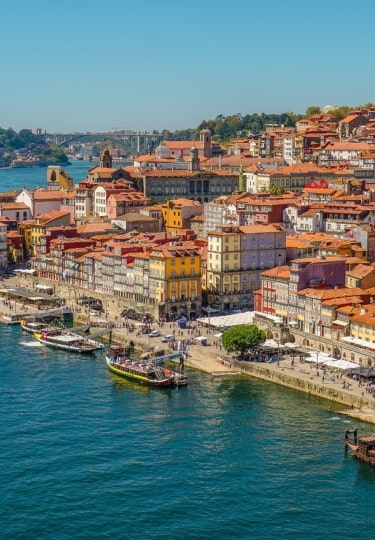The best time to visit Porto, Portugal is essentially any time from spring to late fall. The season is long here, with mild weather in spring and fall, and hot, dry summers.
Porto’s climate is classified as temperate oceanic; it lies on the country’s western Atlantic coast and as such, has mild, often rainy winters. The climate in the Douro Valley is perfect for cultivating the vines that produce the region’s famous Port wine.
Even if you do visit in spring or fall and encounter a rainy day, Porto is a place of exceptional charm, with plenty of excellent museums, galleries, and restaurants to explore—not to mention dozens of wine cellars.
Visiting Portugal By Season
Summer
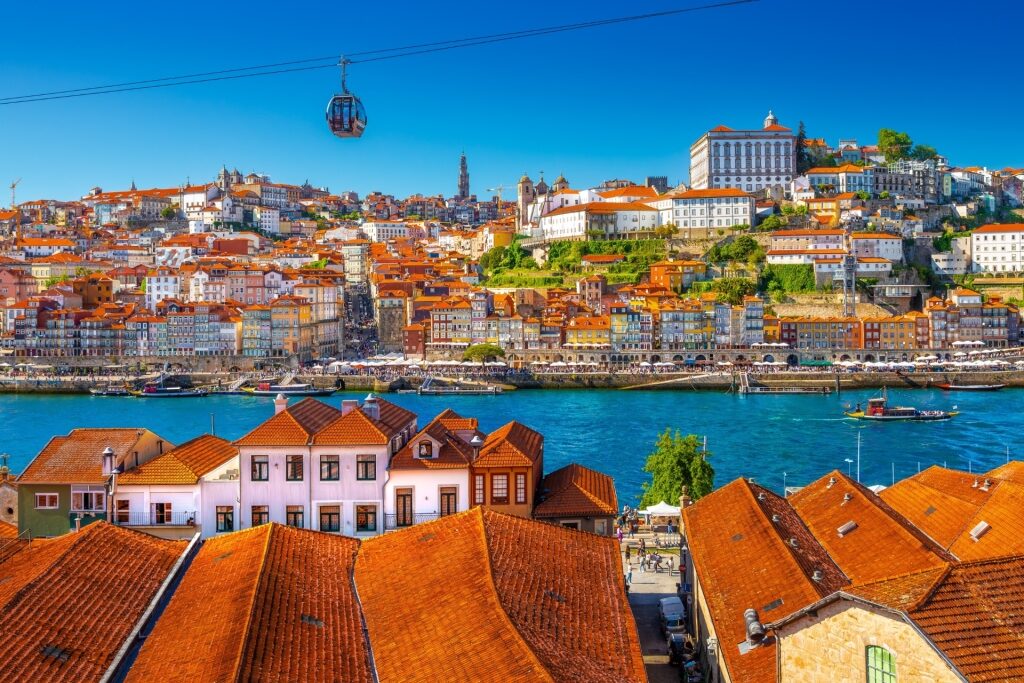
Porto
Summers here are pleasantly hot; less intense than in the south of the country but certainly perfect for enjoying Porto’s beaches. Expect average highs of 67.7°F (24.8°C) in August, the hottest month. There’s virtually no rain; July is the driest month, with just 0.8 inches (20mm) of rainfall and an average of 10 hours of sunlight.
Breezes blow off the Atlantic in summer, lessening the intensity of the heat. But heat waves can occur, in which case, do as the locals do and take a siesta in the afternoon. You can also use the hottest time of day to visit an air-conditioned museum or one of the many wine cellars.
Fall
September is arguably the best time to go to Porto, Portugal, with pleasant days and average highs of 65.8°F (18.8°C), perfect for sightseeing. This is also the time of the wine harvest in the Douro Valley, so don’t miss the chance to take a day trip; you could even try treading the grapes.
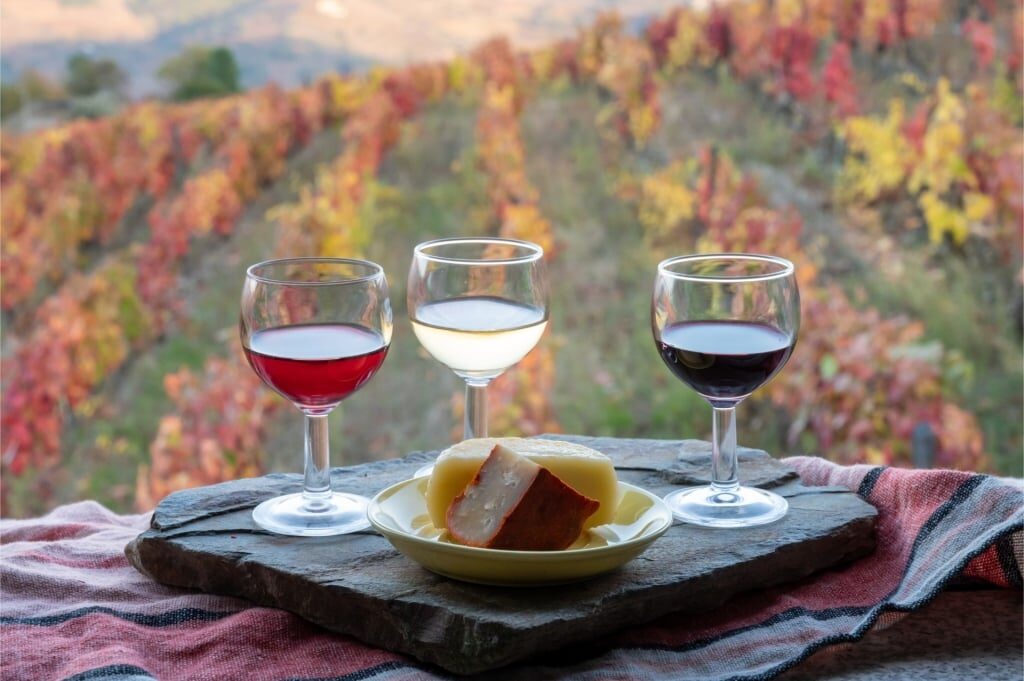
Port wine
You may encounter the occasional rainshower; average rainfall in September is 2.8 inches (70mm), increasing during October and November as fall progresses.
November is a cooler month, with average highs of 55.3°F (13°C), although the early days of the month are usually warmer.
Read: Beginner’s Guide to Portugal’s Famous Port Wine
Winter
December, January, and February is the low season in Porto. December is the wettest month, with an average of 7.7 inches of rain (195mm) over 13 days. January is the coldest month, though, with an average temperature of 50.3°F (10.2°C).
There are fewer tourists around during the winter, although December is busy with advent markets and Christmas celebrations. The city is often shrouded in early morning mist. Later in the day, the aroma of roasting chestnuts fills the air.
Snow and frost are rare, although you could be forgiven for mistaking February’s almond blossom for snow, which forms swathes of frothy white across the countryside.
Spring
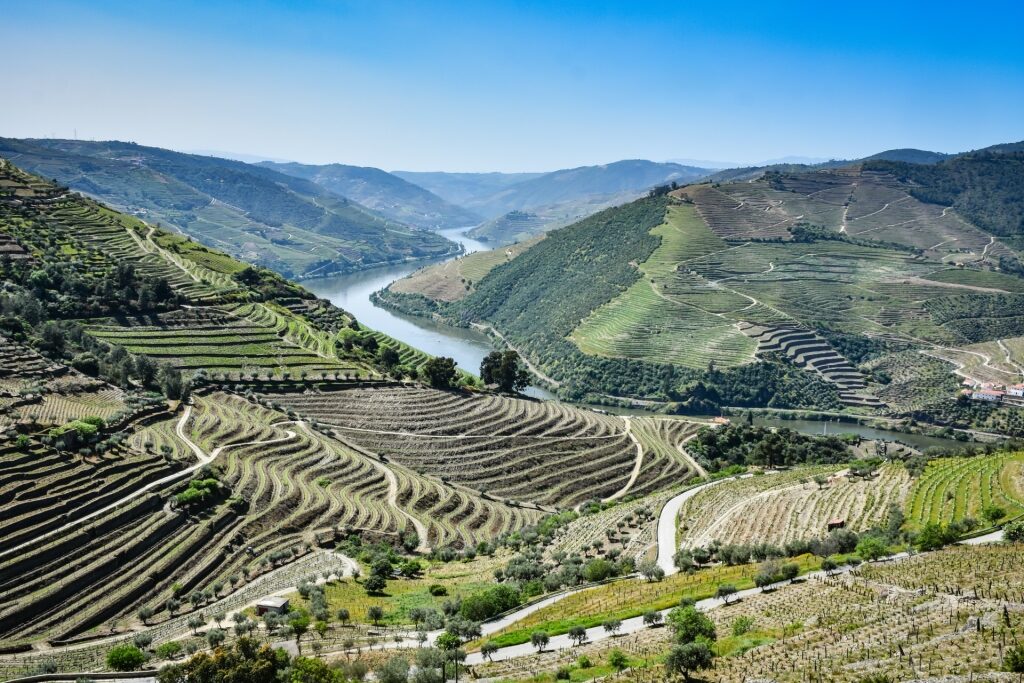
Douro Valley
Springtime in Porto is mild as the days get longer and temperatures increase. The sea is still bracing for swimming at this time, unless you’re a keen cold-water bather. But there’s a profusion of wildflowers in bloom and the orange and lemon trees are heavy with fruit, making this a delightful season for trips inland along the Douro Valley.
By May, average temperatures are up to 60.9°F (16°C), although you can still expect some rain, with an average of 3.9 inches (100mm)
When Is Rainy Season?
You can expect rain in Porto any time from October to May, although rainfall peaks in December. Big depressions can blow in from the Atlantic in winter and early spring, although it’s rarely cold. There are a lot of things to do in Porto even when it’s raining, though, from visiting galleries and museums to wine cellars, as well as covered markets and quirky shops.
When Is High Season?
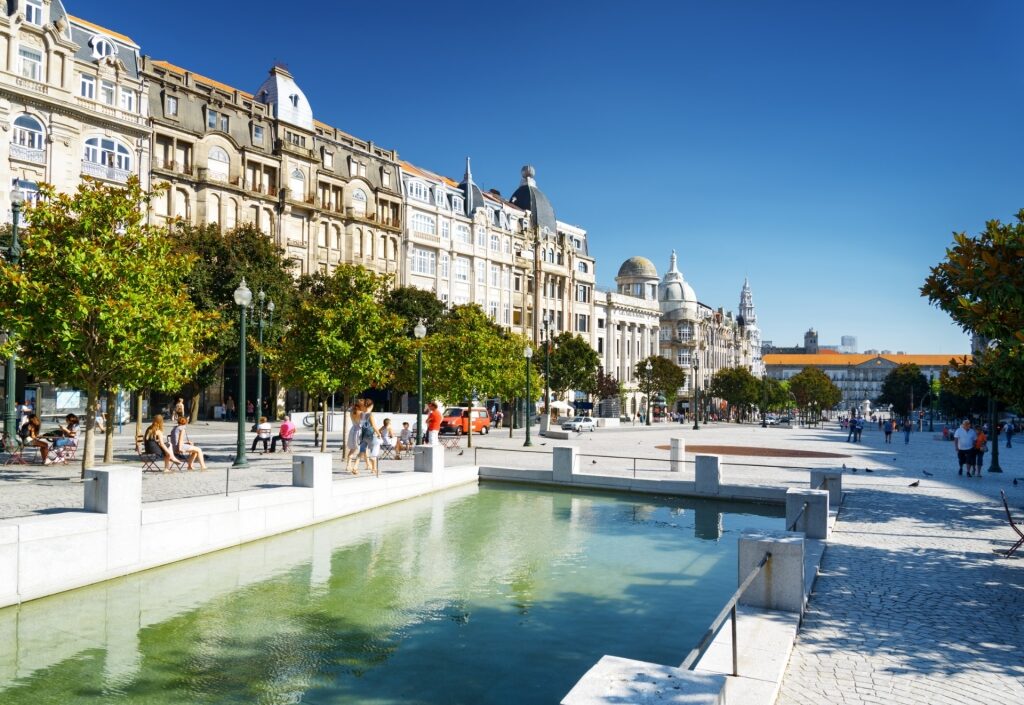
Avenida dos Aliados
High season in Porto is the summer months, from June to early September. Locals head to the beach, although the long, sandy Atlantic beaches have plenty of space for everybody. This is a time for drinking a pink port and tonic on a sunny roof terrace overlooking the river, cooled by the breeze, or taking a boat ride along the Douro.
Summer brings a lively season of festivals and celebrations. The Festa de São João, the festival of St. John the Baptist, falls on June 23 and 24, with fireworks, music, street parties, and thousands of people gathering in the city center and along the Douro to celebrate midsummer.
Easter also sees a peak in visitors, as many Portuguese take vacations during the school break. Expect colorful processions during the week preceding Easter Sunday.
When Is Shoulder Season?
Shoulder season in Porto is late spring, around May, as well as September and October. Both periods are a great time to visit, with manageable temperatures and fewer crowds.
May brings spring flowers, while in September and October, you’ll find wine harvest season with brilliant fall colors in the forests in the Upper Douro Valley. Both periods are a wonderful time for hiking in the countryside or exploring the city, which is extremely hilly, on foot.
When Is Low Season?
Low season in Porto is the winter months, from January to early March, when the weather is cool and rainfall is more frequent. This is still a good time to visit, provided outdoor activities and beach life are not your priority. There are plenty of cozy cafés, not to mention the city’s innovative culinary scene to explore.
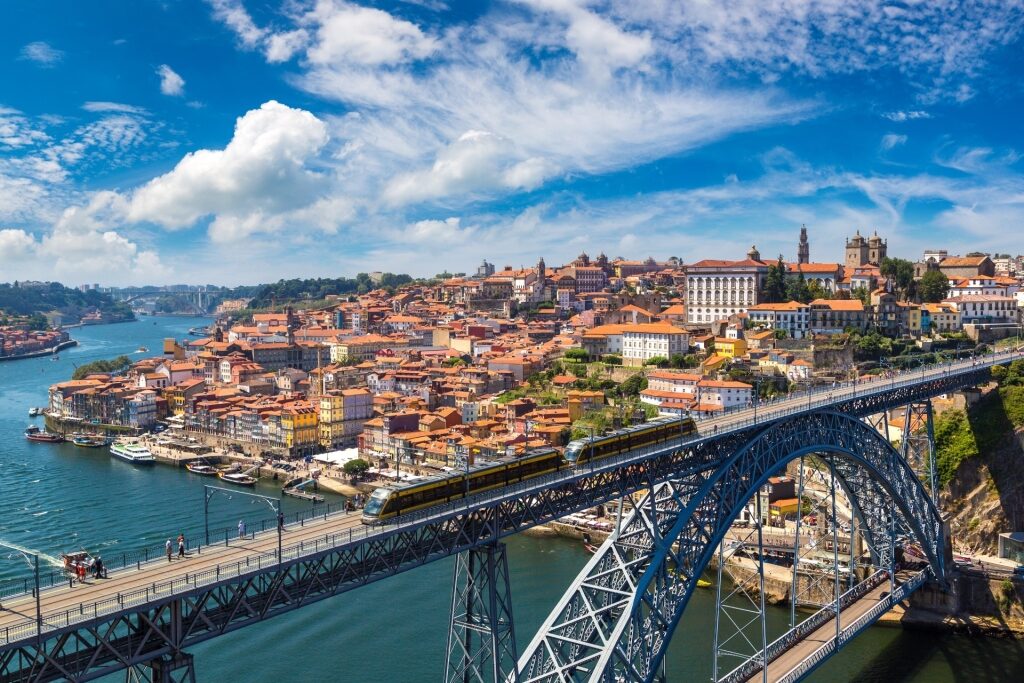
Porto
Are you tempted by the charms of Porto? Browse Celebrity’s cruises to Porto and plan your European adventure.
